The precision of the quartz accelerometer is closely related to its processing and assembly accuracy during production. Accelerometer is a kind of instrument with complicated production process, and a large number of uncertain factors are introduced in processing and assembly. It is helpful to improve the accuracy of accelerometer by analyzing it in detail.
1) Processing technology
The components of quartz accelerometer have the characteristics of thin wall, high precision, complex shape and small size in structure. In the process of machining and assembly, the manufacturing accuracy, shape error and dimensional accuracy are all up to μm level. However, these parts will introduce some uncertain factors in the assembly process, so the whole process will inevitably introduce small errors. The structure of the accelerometer itself is relatively compact, and these small errors will inevitably affect the performance of the accelerometer.
Quartz crystal is the main component of quartz pendulum, it is a brittle non-metallic material, with high strength, high hardness, low conductivity and low fracture toughness characteristics. It is different from common metal materials, processing methods have a great impact on its strength, and any improper processing technology will affect the reliability, fracture strength and surface integrity of the quartz surface. At present, the commonly used processing method is laser cutting and chemical corrosion method, but this method has more procedures, and requires complex processes such as plugging, masking, and clamping. Experienced workers should also accurately grasp the corrosion time and acid temperature. Therefore, in order to improve the processing accuracy and efficiency, it is necessary to study the new processing technology.
2) Assembly technology
Assembly process quality directly determines the performance of the accelerometer. At present, the assembly process of the accelerometer is still using the traditional manual operation. The production acceleration timing adopts the assembly process of first trial assembly and then test. However, due to the large number of assembly links, it is difficult to accurately find the factors causing performance decline. Moreover, its performance is closely related to the operating habits, operating skills, experience knowledge, proficiency and other factors of assembly workers, resulting in the performance of the accelerometer after production being approximately normal distribution. The rate of special products is low. Therefore, in order to design a small-range and high-precision quartz flexible pendulum accelerometer and improve the overall performance of the accelerometer, it is necessary to consider the impact of processing and assembly technology on its performance, and scientifically improve the processing technology and assembly process of the accelerometer to reduce the manufacturing difficulty.
The quartz accelerometer ER-QA-03A produced by Ericco uses mature processing technology to ensure that it meets the demand for accuracy during use.
Web:https://www.ericcointernational.com/accelerometer/quartz-accelerometer
Email : info@ericcointernational.com
Whats app:1399288487



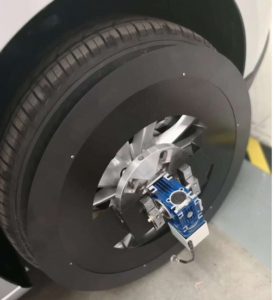
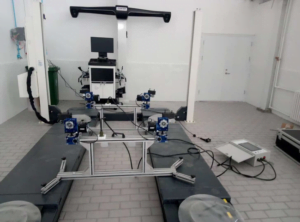



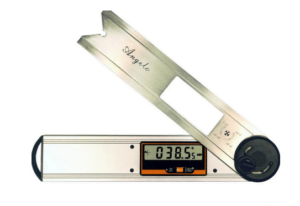
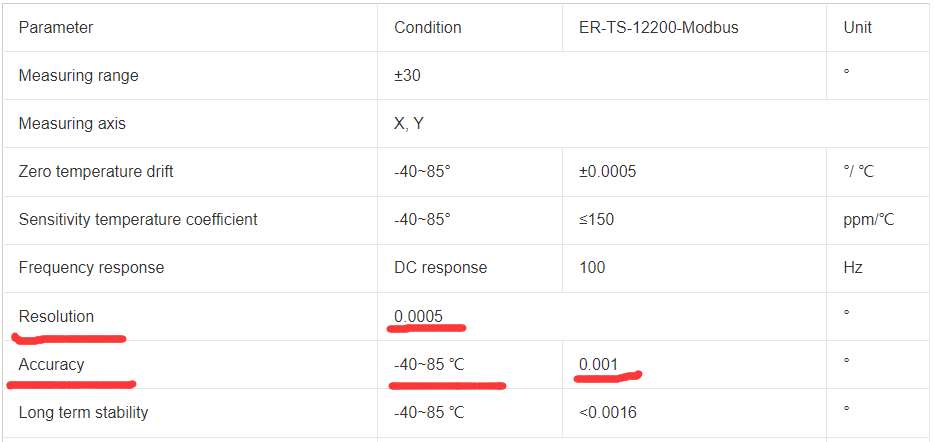
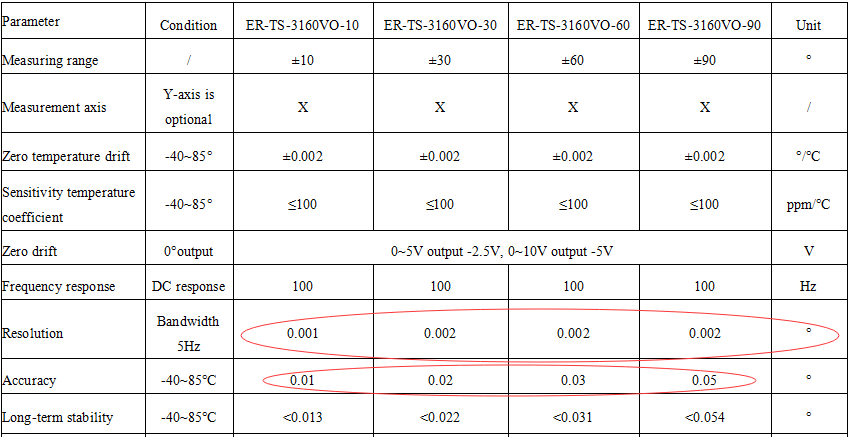

.jpg)
